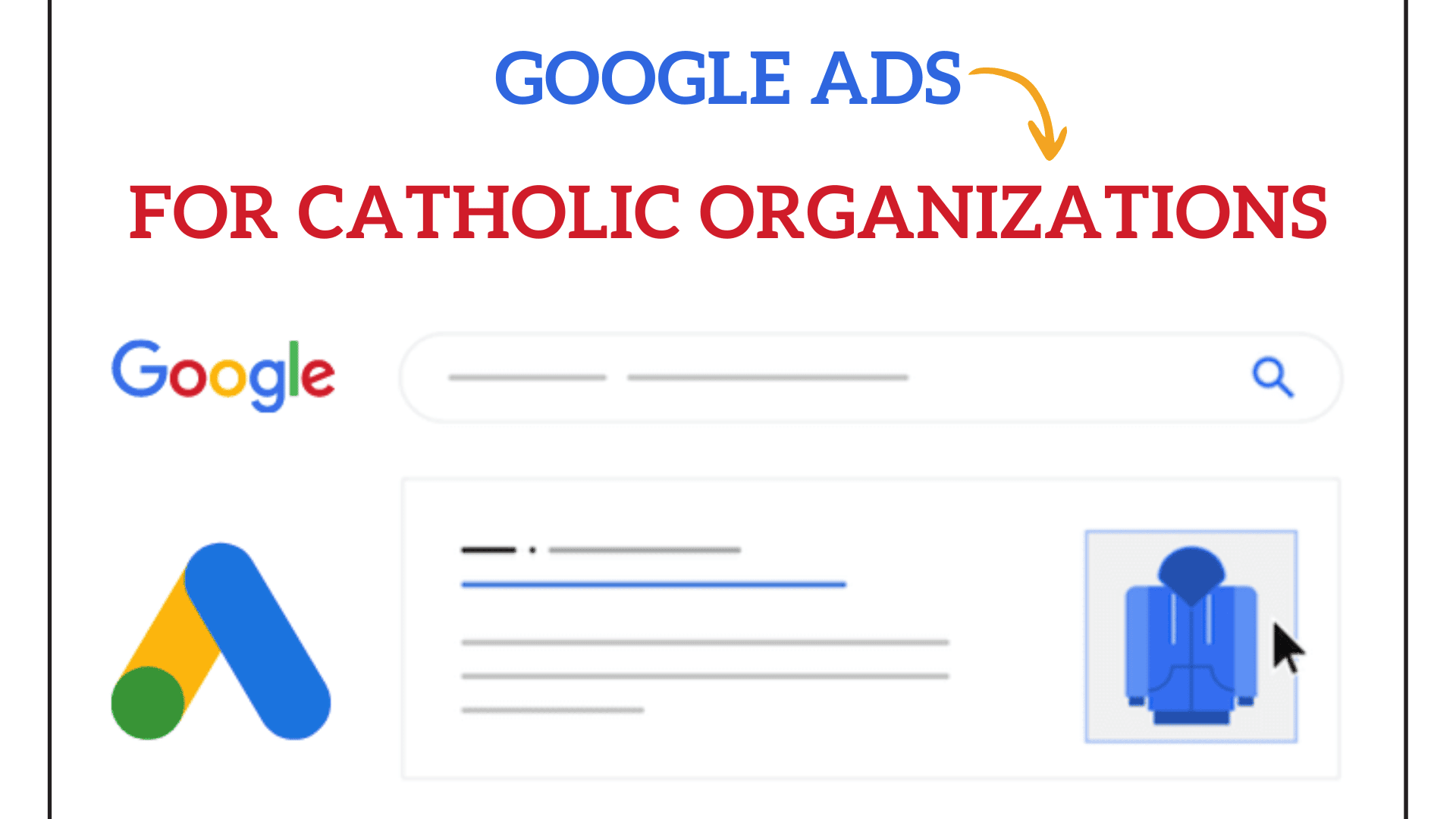Did you know that over 63% of clicks from Google Ads go to the top three paid ads? For Catholic organizations looking to expand their reach and connect with their community, understanding how to leverage Google Ads effectively can be a game-changer. In this guide, we will explore the best practices for using Google Ads tailored specifically for Catholic organizations. From crafting compelling messages that resonate with your audience to optimizing your ad spend, this post will equip you with the knowledge necessary to make your online marketing efforts successful. You’ll learn about keyword strategies, ad formats, and practical tips to boost your campaigns effectively. Let’s delve into the world of Google Ads and discover how to maximize your organization’s impact online!
Understanding Your Audience
Before diving into the mechanics of Google Ads, identifying your target audience is paramount. Who are the individuals or families that you hope to reach? Are they young professionals seeking community? Families looking for educational resources? Seniors in need of local involvement? Knowing your audience will shape your advertising strategy.
Developing Your Audience
Consider their journey—what problems does your audience face, and how can your organization address these needs? For example, if you are a parish seeking to attract more young families, highlight your community programs, children’s services, and family-oriented events in your ads.
Setting Clear Goals
Establishing clear goals for your Google Ads campaign is crucial. What do you want to achieve? Common objectives for Catholic organizations may include:
- Increasing Event Attendance: Promote your upcoming events through targeted ads.
- Driving Donations: Encourage financial contributions to support church missions or community services.
- Building Community Engagement: Invite local residents to participate in service projects or volunteer opportunities.
Keyword Research
The backbone of any successful Google Ads campaign is keyword research. Identifying the right keywords allows you to connect with users actively seeking the services or information your organization provides.
Tools for Keyword Research
- Google Keyword Planner: A free tool that helps you uncover keyword ideas relevant to your church, ministry, or community outreach efforts.
- Ubersuggest and Moz: Additional platforms that provide keyword ideas along with search volume data to help prioritize your focus.
Crafting Compelling Ad Copy
Once you have your keywords in place, the next step is writing compelling ad copy that captures attention and drives action. Your copy should be clear, concise, and persuasive.
Structure of Ad Copy
- Headline: Create engaging headlines that incorporate your primary keywords and entice users to click. E.g., “Join Us for Family Fun at (Event Name)!”
- Description: Use this to highlight benefits and provide a call-to-action (CTA). For example, “Discover faith-filled community events every week. Don’t miss out!”
Utilizing Ad Extensions
Ad extensions can improve the visibility and performance of your Google Ads. These additional pieces provide users with more information and can increase click-through rates. Consider utilizing:
- Sitelink Extensions: Direct users to different parts of your website, such as donation pages, event calendars, or newsletter sign-ups.
- Call Extensions: Allow users to call your organization directly from the ad results, making it easy for potential visitors or donors to reach you.
Selecting the Right Ad Format
Google Ads offers various ad formats, including text ads, display ads, and video ads. Choose the format that aligns with your goals and audience preferences.
- Text Ads: Ideal for direct messaging and driving traffic to specific landing pages.
- Display Ads: Great for visual impact, showcasing upcoming events, or highlighting services prominently.
- Video Ads: If your organization has strong visual content or testimonials, consider creating video ads for storytelling.
Budgeting and Cost Management
One of the most daunting aspects of launching a Google Ads campaign is budgeting. Understanding how to manage your spending effectively will enable you to maximize return on investment.
Setting a Daily Budget
Establish a daily budget that fits your organization’s financial capability while allowing room for optimization. Monitor performance regularly and make adjustments to allocate funds effectively toward high-performing ads.
Measuring Success
Use Google Ads analytics tools to track and measure key performance indicators (KPIs) based on your initial goals. Key metrics may include:
- Click-Through Rate (CTR): Measures how often people click your ad after it’s shown.
- Conversion Rate: Indicates how many users take the desired action, such as signing up for a newsletter or making a donation.
- Cost Per Click (CPC): The amount you pay for each click on your ad, essential for maintaining budgetary control.
Continuous Optimization
Don’t view your Google Ads campaign as a set-and-forget project. Regularly review campaigns to determine what’s working and what’s not. Use A/B testing to experiment with different headlines, descriptions, and keywords.
Conclusion
As a Catholic organization aiming to connect with your community, Google Ads can be an invaluable tool for expanding your reach and impact. Following these best practices will ensure your campaigns are not only efficient but also effective in achieving your mission. Ready to take the next step? Schedule a call with us today to explore how we can help you implement these strategies effectively!


